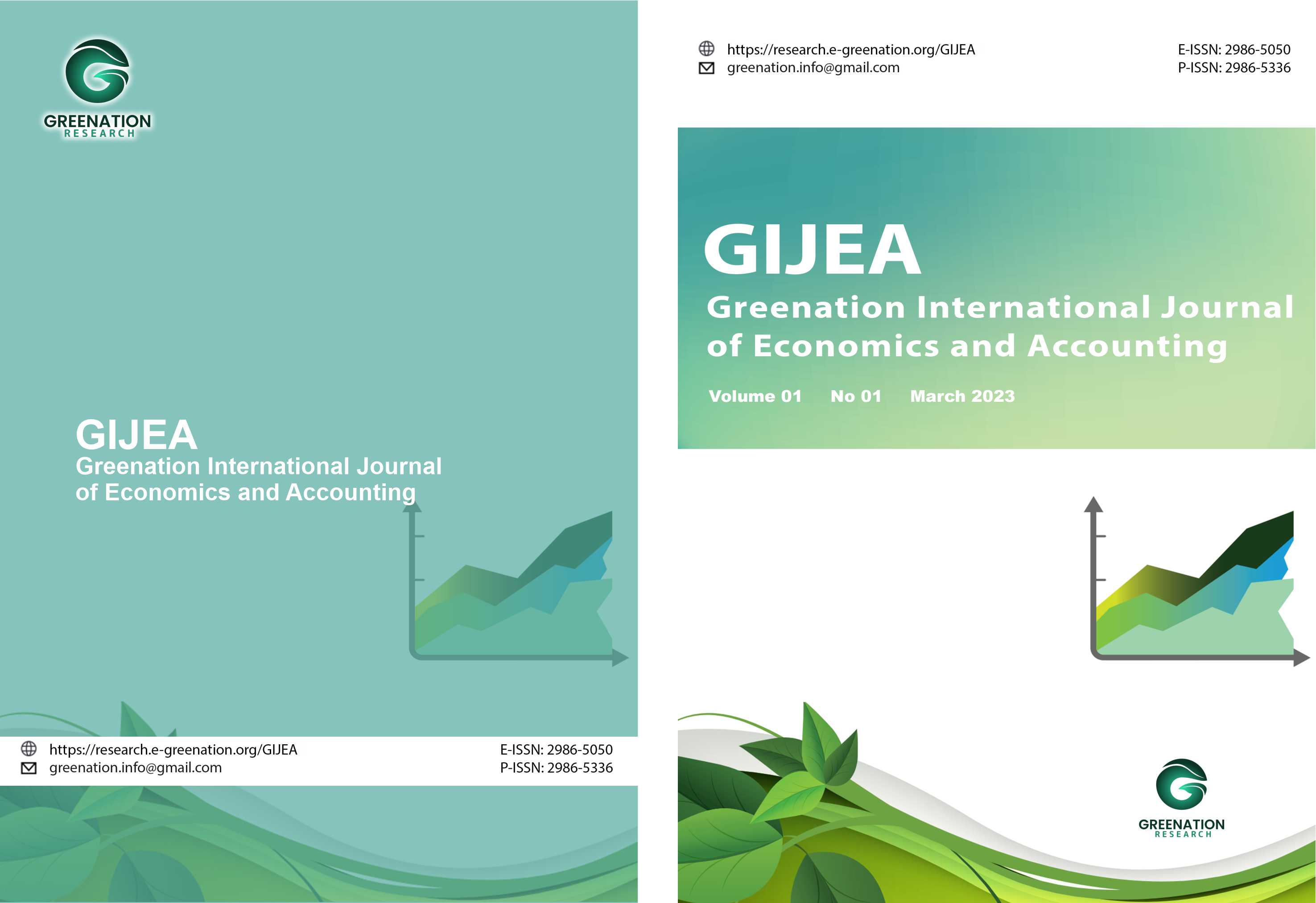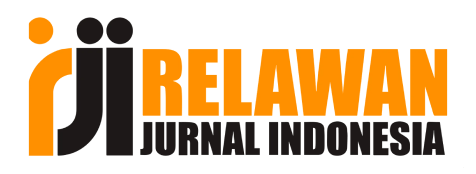Analyzing Effective Tax Rate Variability in Indonesian State-Owned Banks: Evidence from 2020–2024
DOI:
https://doi.org/10.38035/gijea.v3i2.400Keywords:
Effective Tax Rate, Tax Variability, State-Owned Banking, Tax ComplianceAbstract
This study examines the variability of the effective tax rate (ETR) in state-owned banks (BUMN) during the 2020–2024 tax years, with a case study focused on BANK XYZ. The objective of the study is to evaluate the variability of ETR and the influencing factors in state-owned banks, as well as to assess how BANK XYZ manages its ETR. The methodology employed includes quantitative analysis of financial statement data from BUMN banks, combined with interviews conducted with the tax and finance managers of BANK XYZ. The findings reveal that permanent differences affect the GAAP ETR, while both temporary and permanent differences influence the Current ETR. Among the three tax rate proxies, GAAP ETR demonstrates the most stable value and is closest to the statutory rate of 22%, whereas Cash ETR and Current ETR exhibit greater fluctuations. A common temporary difference observed across the banks is depreciation expense, while the most dominant permanent difference arises from non-deductible expenses. Additionally, income from subsidiaries contributes to the increased variability of the ETR. BANK XYZ reports an ETR that exceeds the statutory rate. Based on interview results, BANK XYZ maintains fiscal compliance while optimizing cash flow through tax management. The bank continues to enhance its tax governance through the utilization of technology, regular regulatory assessments, and strengthened collaboration with external tax consultants.
References
A.Smith, J. (2009). Psikologi Kualitatif. Yogyakarta: Pustaka Pelajar, 52.
Dyreng, S.D., Hanlon, M., and Maydew, E.L., 2019. When does tax avoidance result in tax uncertainty. The Accounting Review, 94 (2), 179–203.
Dyreng, S.D., and Lindsey, B.P., 2009. Using financial accounting data to examine the effect of foreign operations located in tax havens and other countries on U.S. multinational firms’ tax rates. Journal of Accounting Research, 47 (5), 1283–1316.
Gupta, S., & Newberry, K. (1997). Determinants of the variability in corporate effective tax rates: Evidence from longitudinal data. Journal of accounting and public policy, 16(1), 1-34.
Gravelle, Jane G. 2011. International Corporate Tax Rate Comparisons and Policy Implications. Congressional Research Service. March 31, 2011.
Hanlon, Michelle., & Heitzman, Shane. (2010). A review of tax research. Journal of Accounting and Economics, 50 (40). 127 – 178.
Hoi, C.K., Wu, Q., & Zhang, H. (2013). Is corporate social responsibility (CSR) associated with tax avoidance? Evidence from irresponsible CSR activities. The Accounting Review, 88 (6), 2025-2059. http://doi.org/10.2308/accr-50544
Kasmir. (2015). Analisis Laporan Keuangan. Edisi 8. Depok : Pt: Raja GrafindoPersada.
Lubis (2022). Pengaruh Leverage, Firm Size, Intensitas Aset Tetap, Intensitas Persediaan, dan Profitabilitas terhadap Tarif Pajak Efektif (Studi Empiris pada Perusahaan Manufaktur Sektor Makanan dan Minuman yang Terdaftar di Bursa Efek Indonesia Tahun 2017–2020)
Minnick, K., & Noga, T. (2010). Do corporate governance characteristics influence tax management?? Journal of Corporate Finance, 16, 703–718. https://doi.org/10.1016/j.jcorpfin.2010.08.005
Murhadi, W. R. (2013). Analisis laporan keuangan: proyeksi dan valuasi saham. Salemba Empat.
Noor, R. M., Fadzillah, N. S., & Mastuki, N. A. (2010). Tax Planning and Corporate Effective Tax Rates. 2010 International Conference on Science and Social Research. Kuala Lumpur.
Pemerintah Republik Indonesia. Undang-Undang Nomor 7 Tahun 2021 Tentang Harmonisasi Peraturan Perpajakan.
Rahardjo, Mudjia. (2017). Studi Kasus Dalam Penelitian Kualitatif: Konsep dan Prosedurnya. Universitas Islam Negeri Maulana Malik Ibrahim Malang.
Rahmawati, D., & Nani, D. A. (2021). Pengaruh profitabilitas, ukuran perusahaan, dan tingkat hutang Terhadap Tax Avoidance (Studi empiris pada perusahaan pertambangan yang terdaftar di BEI periode tahun 2016-2019). Jurnal Akuntansi Dan Keuangan, 26(1), 1–11. https://doi.org/10.23960/jak.v26i1.246
Richardson, G., dan Lanis, R. (2007). Determinants of the variability in corporate effective tax rates and tax reform: Evidence from Australia. Journal of Accounting and Public Policy , 26 (6), 689-704.
Sugiyono, (2007). Metodologi Penelitian Bisnis. Jakarta: PT. Gramedia
Suwito, Edy., Herawaty, Arleen. 2005. Analisis Pengaruh Karakteristik Perusahaan terhadap Tindakan Perataan Laba yang Dilakukan Oleh Perusahaan yang Terdaftar di Bursa Efek Jakarta. Simposium Nasional Akuntansi VIII. Solo.
Wijaya, M., & Bernawati, Y. (2021). The Effect of Intervening Tax Avoidance on Leverage on Firm Value Melinda Wijaya 1 Fakultas Ekonomi dan Bisnis Universitas Airlangga, Indonesia. 3, 1–14.
Williams, C. (2017). Research Methods. Environmental Science and Engineering, 5(3), 81–82. https://doi.org/10.1007/978-3-319-10906-0_5.
Wu, L., Wang, Y., dan Gillis, P. 2012, "State ownership, tax status and size effect on effective tax rate in China", Accounting and Business Research 42 (2)
Downloads
Published
How to Cite
Issue
Section
License
Copyright (c) 2025 Annisa Amalia, Dwi Martani

This work is licensed under a Creative Commons Attribution 4.0 International License.
Copyright :
Authors who publish their manuscripts in this journal agree to the following conditions:
- Copyright in each article belongs to the author.
- The author acknowledges that the GIJEA has the right to be the first to publish under a Creative Commons Attribution 4.0 International license (Attribution 4.0 International CC BY 4.0).
- Authors can submit articles separately, arrange the non-exclusive distribution of manuscripts that have been published in this journal to other versions (for example, sent to the author's institutional repository, publication in a book, etc.), by acknowledging that the manuscript has been published for the first time at GIJEA.

























